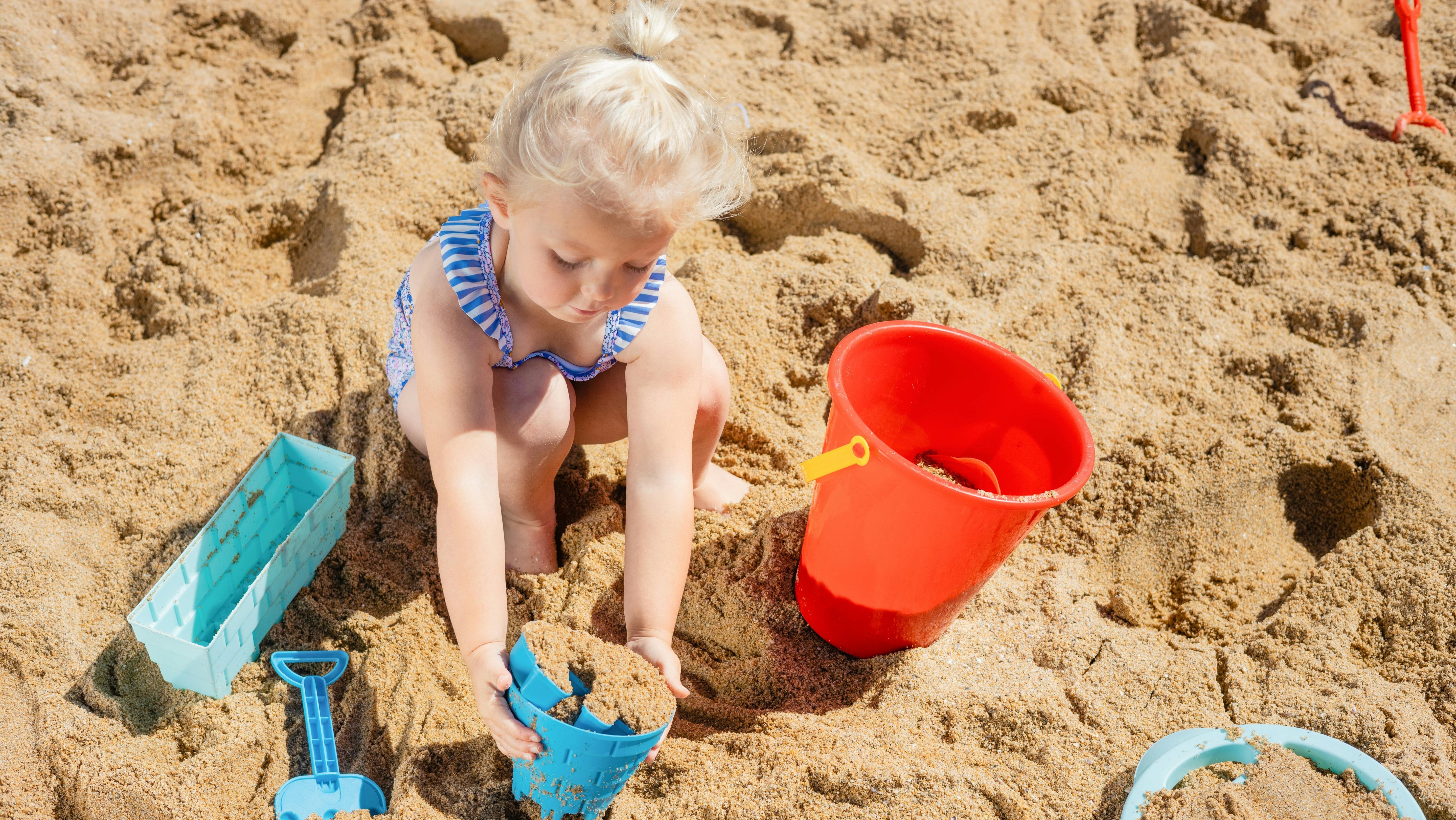In today's tech-filled world, it's easy for children to spend more time staring at screens than exploring their backyard. But research shows that outdoor play isn't just fun—it’s a vital part of a child’s physical, emotional, and social development.
The Benefits of Outdoor Play
1. Builds Stronger Bodies
Outdoor play encourages movement—climbing, running, balancing, jumping—which strengthens muscles, improves coordination, and supports healthy bone development. Equipment like climbing frames and monkey bars provide natural resistance and build confidence through movement.
2. Sparks Creativity and Imagination
Unlike structured games or TV shows, outdoor play invites open-ended exploration. A simple cubby house becomes a pirate ship, café, or secret hideaway. Sandpits become excavation sites or baking stations. Imagination thrives outdoors.
3. Supports Sensory Development
Children learn by touching, seeing, hearing, and moving. Natural elements like sand, wood, water, and sunlight provide sensory-rich experiences that are hard to replicate indoors. Products like our wooden sandpits or nature-inspired balance toys are perfect for this.
4. Encourages Social Interaction
Outdoor play gives children the chance to play cooperatively, take turns, and problem-solve with others. Whether its siblings playing together or friends at a playdate, shared play builds empathy and communication skills.
5. Boosts Emotional Wellbeing
Time in nature has been shown to reduce stress and anxiety, boost mood, and improve sleep. Fresh air and sunshine help regulate the nervous system—something screen time can’t offer.
How to Encourage Outdoor Play at Home
1. Make it Inviting
Create a space that’s engaging, accessible, and safe. Add a few key pieces like a cubby house, climbing frame, or sand and water table. Use natural shade, bright colours, and soft ground materials where possible.
2. Offer Variety
Children love choice. Offer equipment that encourages different types of play—active (like a seesaw), creative (like a sandpit), and social (like a picnic table). Rotate toys if space is limited to keep things exciting.
3. Keep it Age-Appropriate
Choose equipment that matches your child’s age and skill level. For toddlers, low climbing frames and balance boards work well. For older children, larger structures like play forts or ninja courses can challenge and engage them.
4. Encourage Independent Play
Set up your outdoor space so that kids can play without constant help. The more confident they feel in the space, the more often they’ll want to go out and play.
5. Limit Screen Time
Sometimes the best way to encourage outdoor play is to gently limit indoor alternatives. Setting a “no screens before outdoor play” rule, or scheduling daily outdoor time, can make a big difference.
Ready to Set Up Your Backyard Play Space?
At PlayScapes.com.au, we offer a range of high-quality, eco-friendly, and Australian Safety Standards-compliant outdoor play equipment to help you transform your backyard into a creative haven. Whether it’s a toddler slide, sensory sandpit, or a full cubby setup—outdoor adventure starts here.




Leave a comment
This site is protected by hCaptcha and the hCaptcha Privacy Policy and Terms of Service apply.